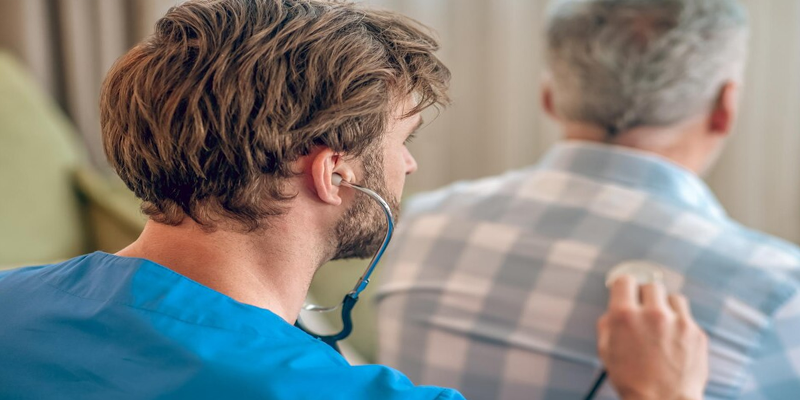Thoracoscopy

Thoracoscopy
Thoracoscopy, also known as video-assisted thoracic surgery (VATS), is a minimally invasive procedure that allows doctors to visualize and even operate within the chest cavity. Imagine a tiny camera inserted through small incisions, providing a detailed view of your lungs, pleura (the lining of the lungs), and other chest structures. This powerful tool has revolutionized thoracic surgery, offering numerous advantages over traditional open surgery.
What is Thoracoscopy Used For?
Thoracoscopy serves a dual purpose: diagnosis and treatment. Doctors may use it to:
- Diagnose lung conditions: When X-rays and CT scans leave doubts, thoracoscopy provides a direct look at lung tissue, revealing abnormalities like masses, inflammation, or fluid buildup.
- Biopsy suspicious lesions: By taking small tissue samples under direct vision, doctors can accurately diagnose lung cancer, infections, and other diseases.
- Treat various conditions: Thoracoscopy can be used to drain fluid collections (pleural effusions), remove benign tumors, perform lung biopsies, and even manage early-stage lung cancer.
Benefits of Thoracoscopy:
Compared to open chest surgery, thoracoscopy offers significant benefits:
- Minimally invasive: Small incisions mean less pain, faster recovery, and reduced risk of complications.
- Shorter hospital stay: You can usually go home within a day or two after the procedure.
- Faster recovery time: You'll likely experience less pain and be back to your normal activities sooner.
- Reduced risk of infection: Smaller incisions mean lower risk of post-surgical infections.
- Improved cosmetic outcome: Tiny scars are much less noticeable than large open-surgery incisions.
What to Expect During Thoracoscopy:
The procedure is typically performed under general anesthesia. Your doctor will make small incisions between your ribs and insert a thoracoscope, a thin, flexible tube equipped with a camera and light. Additional instruments may be inserted through other incisions to perform biopsies, remove tissue, or drain fluids.
After Thoracoscopy:
You'll likely spend a few hours in recovery before going home. You may experience some pain and discomfort, which can be managed with medication. A chest tube may be placed to drain any remaining air or fluid. Most people resume normal activities within a week or two.
Thoracoscopy is a safe and effective procedure for diagnosing and treating a variety of chest conditions. If you have any concerns about your lung health, talk to your doctor about whether thoracoscopy might be right for you.
